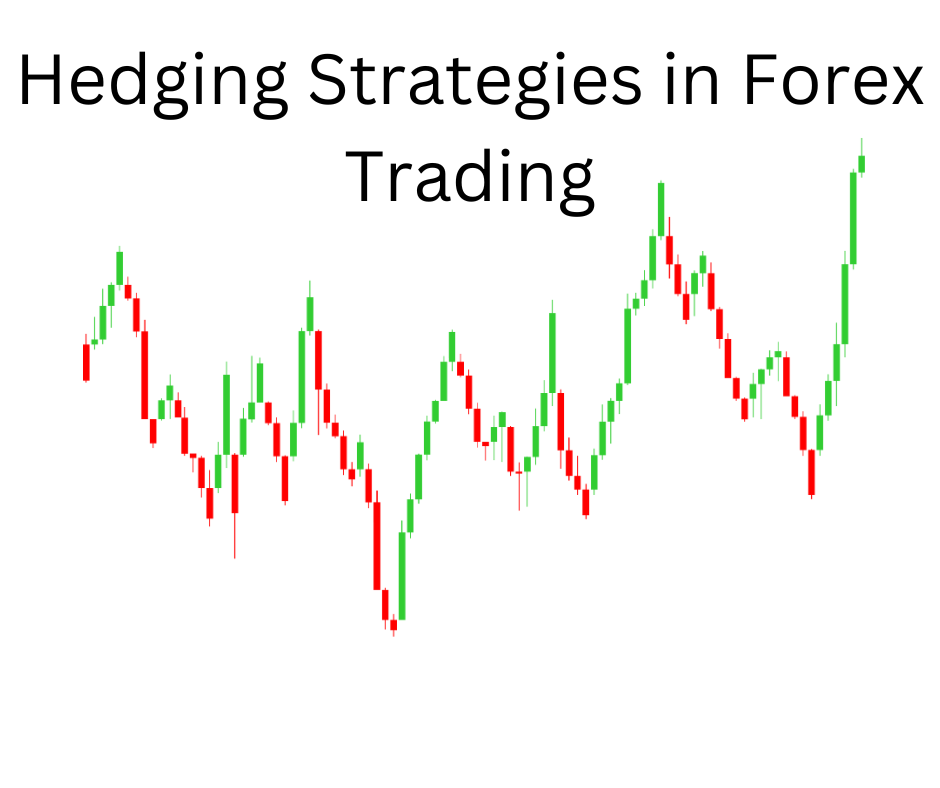You might be wondering, “Why should I care about hedging strategies in forex trading?” Well, as someone who’s been in the game for a while, let me tell you that hedging strategies are critical for managing risks in the unpredictable forex market. These strategies help protect your investments against adverse market movements, allowing you to minimize losses and maximize profits.
Think of hedging as an insurance policy for your trades. It helps you to mitigate potential losses that may arise from unfavorable market conditions. With the right hedging strategy, you can secure your profits and reduce the impact of market fluctuations on your trading capital.
Moreover, implementing effective hedging strategies in forex trading can provide you with peace of mind. When you know that you’ve taken steps to protect your investments, you can trade with more confidence and focus on making informed decisions.

Understanding Hedging in Forex Trading
Definition of Hedging
Before diving into the nitty-gritty of hedging strategies, let’s first understand what hedging is. In forex trading, hedging refers to the process of strategically entering into trades to offset the risk associated with an existing position. Essentially, it involves opening a position that’s opposite to your current trade, thus balancing out potential losses.
Different Types of Hedging Strategies
Direct Hedging
Direct hedging, also known as a simple hedge, is the most basic form of hedging. In this strategy, you open a trade in the opposite direction of your existing position, using the same currency pair. For example, if you have a long position on the EUR/USD pair, you would open a short position on the same pair to hedge your trade.
Indirect Hedging
Indirect hedging involves taking positions in different but correlated currency pairs. For instance, if you have a long position on the EUR/USD pair, you might open a short position on the USD/CHF pair to hedge your trade. The idea behind this strategy is that if one pair moves against you, the other pair will likely move in your favor, offsetting your losses.
Simple Hedging
Simple hedging is similar to direct hedging but with a slight variation. Here, you hedge an existing position with a smaller trade in the opposite direction. The goal is to reduce the risk exposure without completely eliminating it. This strategy is useful when you expect a temporary market reversal, but still believe the overall trend will continue in your favor.
Complex Hedging
Complex hedging strategies involve using a combination of different financial instruments, such as options, futures, and swaps, to manage risk. These strategies often require a higher level of skill and experience to execute effectively. However, they can offer greater flexibility and more sophisticated risk management options.
Advantages and Disadvantages of Hedging Strategies in Forex Trading
Hedging strategies offer several benefits, including risk reduction, protection against market volatility, and the ability to secure profits. However, they also have their drawbacks, such as increased trading costs and the potential to limit profits. Understanding the pros and cons of each strategy is crucial for determining the best approach to managing risk in your trading.
Factors to Consider when Choosing a Hedging Strategy
Risk Appetite
Your risk appetite plays a crucial role in determining the most suitable hedging strategy for you. If you’re a conservative trader with a low tolerance for risk, you might opt for direct or simple hedging strategies. Conversely, if you’re comfortable taking on more risk, you may explore complex hedging strategies involving multiple financial instruments.
Market Volatility
Market volatility is another essential factor to consider when choosing a hedging strategy. In periods of high volatility, you may need to employ more aggressive hedging strategies to protect your investments. Conversely, during times of low volatility, you might adopt less stringent hedging approaches to maximize your profit potential.
Trading Objectives
Your trading objectives should also guide your selection of a hedging strategy. If your primary goal is capital preservation, you may lean toward conservative hedging strategies that prioritize risk reduction. On the other hand, if your focus is on growth and profit maximization, you may opt for more advanced strategies that offer greater flexibility and potential returns.
Trading Style
Finally, consider your trading style when choosing a hedging strategy. Short-term traders, such as scalpers and day traders, may require different hedging approaches than long-term traders or investors. Align your hedging strategy with your trading style to ensure consistency and effectiveness in your risk management efforts.
Popular Hedging Strategies in Forex Trading
Forward Contract
A forward contract is a binding agreement between two parties to buy or sell a specific amount of a currency at a predetermined exchange rate on a future date. Forward contracts are customizable and can be tailored to meet your specific risk management needs. They are particularly useful for businesses and individuals who want to lock in an exchange rate to mitigate the risk of future currency fluctuations.
Options
Options are financial derivatives that give the holder the right, but not the obligation, to buy or sell a currency at a predetermined price (strike price) before a specified expiration date. Options can be used to hedge against unfavorable market movements, as they allow you to potentially profit from both rising and falling markets. Purchasing options involves paying a premium upfront, which can be considered the cost of your “insurance.”
Futures
Futures contracts are standardized agreements to buy or sell a specific currency at a predetermined price on a future date. Futures are traded on regulated exchanges and can be used to hedge against currency risk. Unlike forward contracts, futures are highly liquid, making them suitable for traders who want to enter and exit positions quickly.
Swaps
Currency swaps are agreements between two parties to exchange principal and interest payments in different currencies over a specified period. Swaps can be used to manage currency risk by locking in favorable exchange rates and reducing exposure to currency fluctuations. They are commonly used by large corporations and financial institutions.
Best Practices for Implementing Hedging Strategies in Forex Trading
Determine the Risks
Before implementing a hedging strategy, it’s crucial to identify and evaluate the risks associated with your forex trades. Assess the potential for adverse market movements, changes in interest rates, and other factors that could impact your trading performance.
Choose the Right Hedging Strategy
Select a hedging strategy that aligns with your risk appetite, trading objectives, and style. Consider the advantages and disadvantages of each strategy, and choose the one that offers the best balance between risk reduction and profit potential.
Monitor the Market Regularly
Stay informed about market developments and economic news to make well-informed hedging decisions. Regularly monitoring the market will help you identify potential risks and adjust your hedging strategy accordingly.
Set Realistic Goals
It’s essential to set realistic expectations for your hedging strategies. Remember, the primary purpose of hedging is to manage risk, not to eliminate it completely. Be prepared to accept some degree of risk in exchange for the potential rewards.
Conclusion
Hedging strategies in forex trading are essential for effective risk management. By understanding the different types of hedging strategies and considering factors such as risk appetite, market volatility, trading objectives, and trading style, you can choose the
most suitable strategy for your needs. Popular hedging strategies include forward contracts, options, futures, and swaps, each offering unique advantages and disadvantages.
To implement a successful hedging strategy, it’s crucial to determine the risks, choose the right strategy, monitor the market regularly, and set realistic goals. By following these best practices, you can protect your investments, minimize losses, and maximize profits in the volatile forex market. Remember, hedging is not about eliminating risk altogether, but rather about managing it effectively to ensure long-term success in your trading journey.
